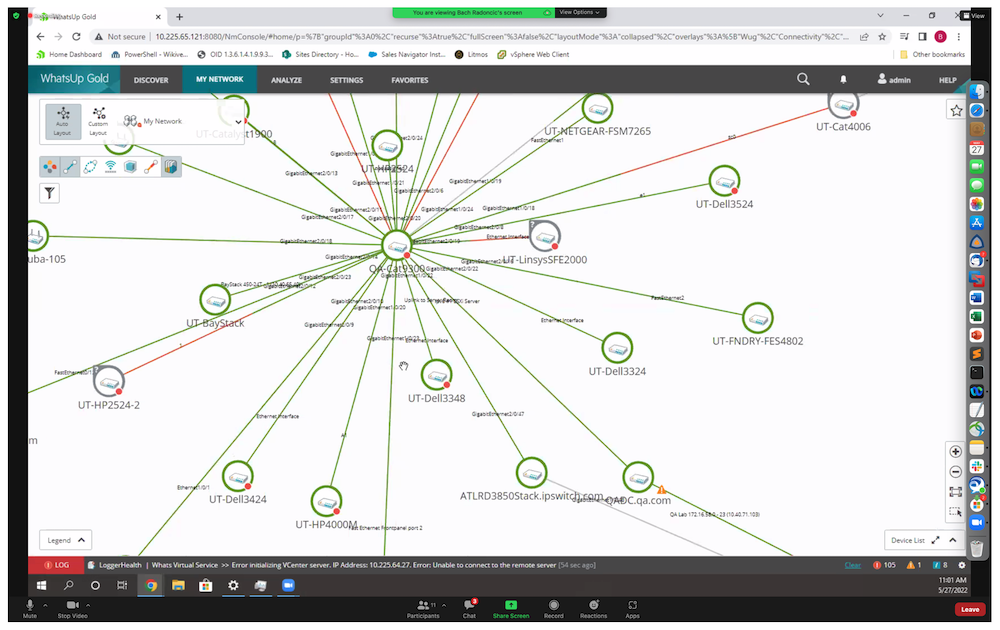We’ve covered the emerging world of Serverless on the site for a while. I’ve particularly enjoyed exploring the OpenFaaS project, which is one of the easier frameworks to get started with functions and Serverless. But if you’re coming cold to the world of Serverless, even with a cloud background, it can be a little strange at first.
That’s because Serverless, as a name, is a lie. Serverless functions definitely run on servers. The term Functions as a Service is much more accurate, if a less evocative moniker. Essentially, Serverless is an abstraction layer that completely obscures the underlying infrastructure and OS management from a developer, letting them focus on deploying code rather than VMs and containers.
To use a familiar tech metaphor, it’s like Uber for infrastructure. Riding hailing services do the same thing, they abstract away all the other concerns of car transportation, distilling it down to just the idea of a ride. You pay each time you want to use this ride function, and you don’t car what happens to the car before or after.
In this post, Ehi Kioya does a great job going into detail about use cases, drawbacks, and advantages of Serverless. It’s definitely not a one size fits all approach, but provides a useful simplification that may be worth the additional potential cost and vendor lock-in for some organizations.
Ehi Kioya comments:
One thing that should be clear from the above is that, serverless DOES NOT mean that no servers are involved in code execution. There’s still a server somewhere. You just don’t need to buy, manage, or maintain it anymore.
Read more at: Serverless: An Introduction




